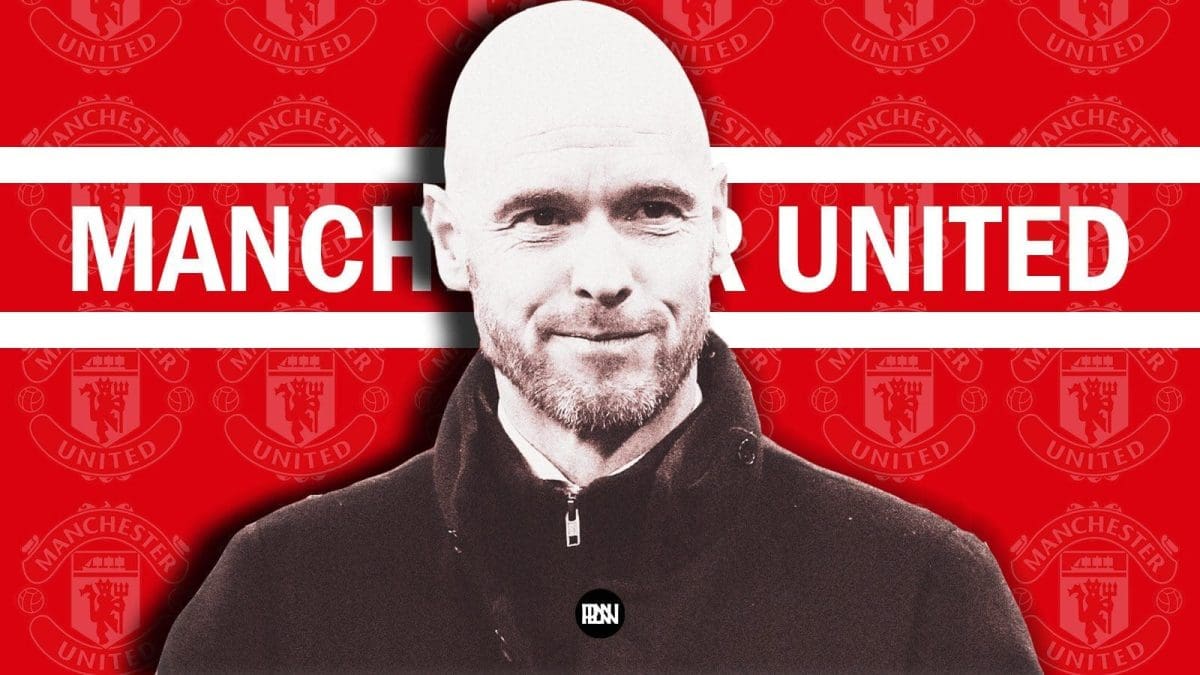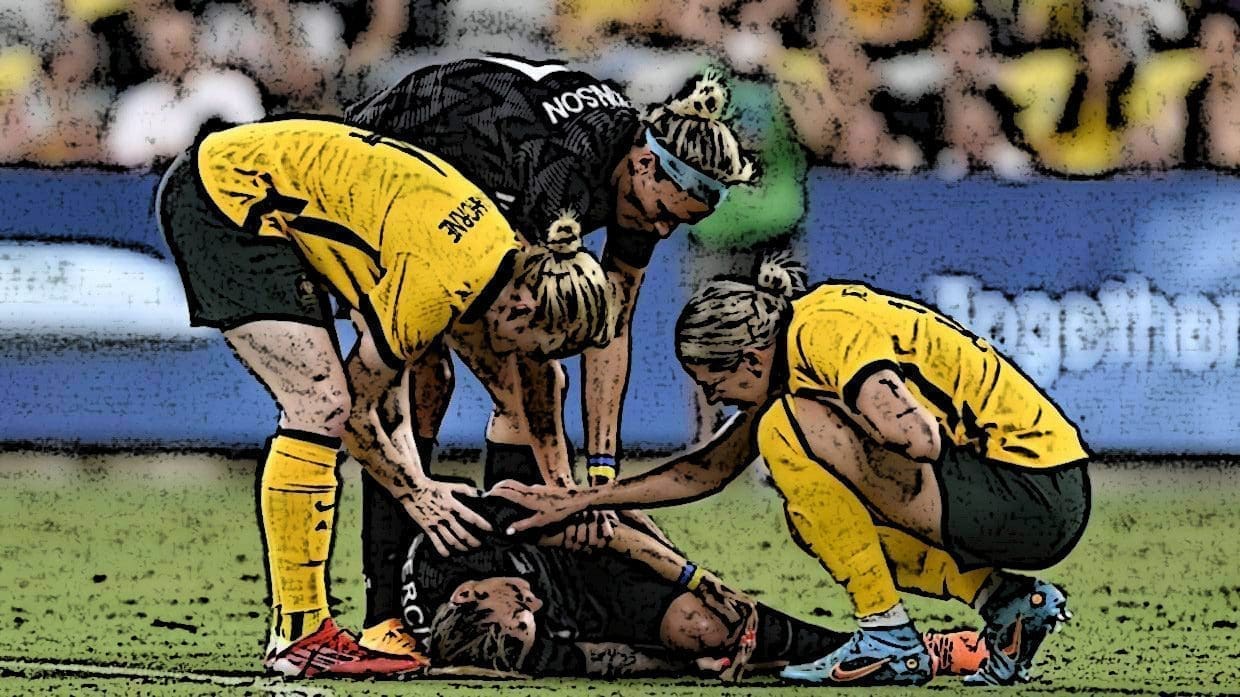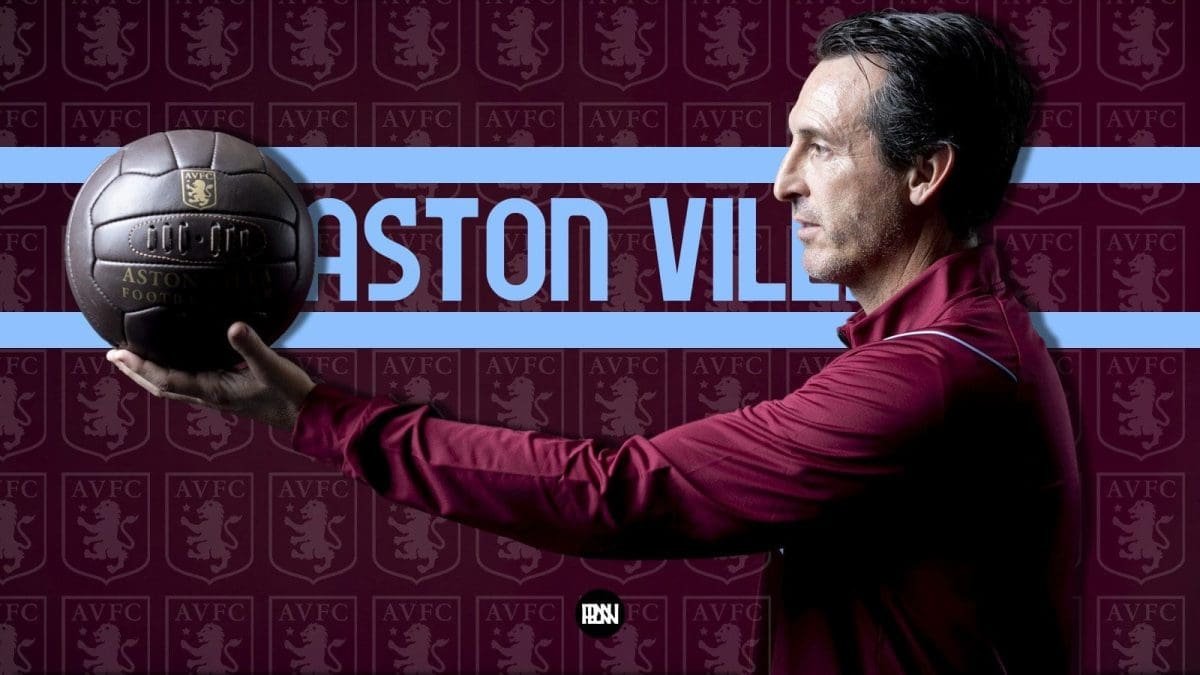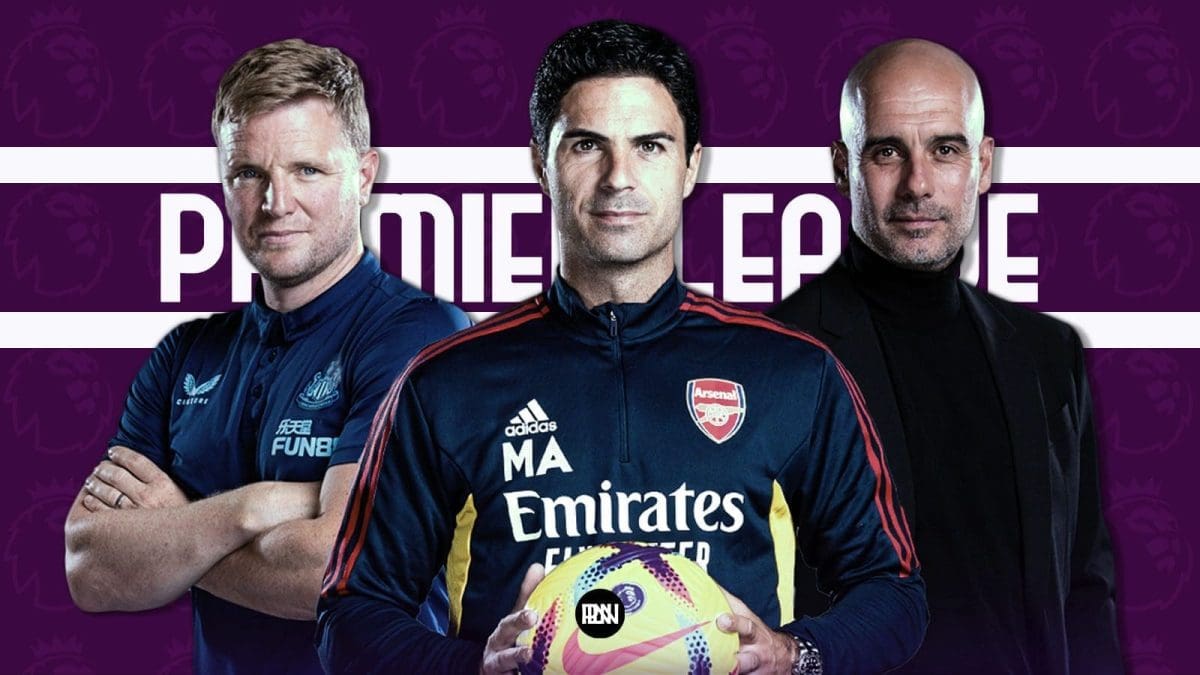Manchester United are a club in crisis, an institution that has been steeped in mediocrity for the best part of the last nine years and change is strongly required at Old Trafford. According to reports, Ajax head coach Erik ten Hag has emerged as Man United’s preferred managerial candidate and negotiations are currently progressing as they attempt to secure his signature with a view to transforming the club’s fortunes in the near future.
This article will aim to analyse Ten Hag’s principles of play, and how it will fare in line with United’s squad and expectations:
Ten Hag’s rise to arguably the biggest job in football might feel fairly swift but his progress has been steady, meticulous and thoughtfully planned in order to maximize his impressive skill-set. At 52, he has been a youth coach and head of education, an assistant coach at home and abroad, and a manager at various other levels.
Erik ten Hag has impressed during his time at Ajax. He’s picked up two Eredivisie titles and historically reached the semi-finals of the UEFA Champions League during the 2018/19 campaign for the first time since the 1996/97 season.
In that campaign, he comfortably overcame the giant challenge of current holders at that time Real Madrid 4-1 at the Santiago Bernabéu in round 16, and also played Juventus off the par in the quarter-final before their unfortunate defeat to Tottenham Hotspur in the semi-final. Since his appointment in 2019, he has had an extremely impressive win percentage of over 70%, a true sign of the significant impact and transformation he’s embarked on that the club since he became manager in 2017.
Considering the change in philosophy, identity and impact he’s made in Amsterdam, the former Utrecht coach could oversee a long-term rebuild at Old Trafford, providing the much-maligned Manchester United hierarchy allows him the opportunity to do so.
So what will Erik Ten Hag bring to Old Trafford?
Erik ten Hag has typically lined his Ajax side up with a possession-based 4-3-3 system.

The practices most widely associated with his team are width, verticality (for example counter-movements), decoy runs and manipulation of opposition presses and deep blocks.
From goal-kicks, Ten Hag’s Ajax build from a deep position with the keeper plus two centre backs. This setup offers a conventional build-up structure with which the centre-backs are required to be typically comfortable in possession, and have the capabilities to be progressive with their passing.
With the centre-backs and goalkeeper, and of one of the fullbacks dropping in, Ajax can regularly enjoy positional dominance in build-up against an opposition block; particularly if the opposition uses a front one or two – both of which are very common in the Dutch Eredivisie.

Ajax often drop one of the fullbacks – either Daley Blind or Noussair Mazraoui – into a deeper and more vertical position to aid their build-up play. It allows either of the fullbacks to become a deep-lying orchestrator as they are allowed ample time and space to find the vertical options on their side of the pitch.

This is very similar to how Pep Guardiola uses his fullbacks in the 4-2-4 build-up positional setup, where either Cancelo on the left-flank or Kyle Walker at RB are at times tasked in sitting alongside Rodri when City build up in possession, allowing them to be more accessible against an opposition’s defensive shape, but also providing the team with an extra body in midfield when in possession.
Ajax also frequently stagger their deep midfielders too, pushing one higher, to create a single pivot. The single pivot (Lisandro Martinez) acts as an anchor, holding the opponent’s front line to a narrower berth, and distributing play, again similar to how Pep utilizes Rodri, or how he used Busquets at Barcelona.

Ajax are currently the best defensive performing team in Eredivisie with just 15 goals conceded all campaign at the time of writing, displaying high awareness, composure and consistency. The team’s well-measured actions and anticipation skills result in a high success rate in almost every aspect.
They are proficient in winning their challenges clearly, despite actually having the highest challenge intensity (duels, tackles and interceptions per minute of opponent possession) in the league.
The foundations of Ten Hag’s build-up are very solid, free-flowing and really quite conventional. But where the value lies, is not only how Ajax are able to progress the ball and begin to create, but how they can utilise well-coached movements and problem solving to adapt against various opposition shapes.
In terms of ball progression, the keys, once in settled possession, are: opening up passing lanes to exploit, having time and space to make the pass and lastly, allowing the receiver to consistently receive in an optimal manner.
When Ajax form its conventional build-up structure, the fullbacks tend to drop into a narrower position. To oppose this, the wingers move wider to open a diagonal lane. This means the wingers (who are typically inverted) such as Tadic and Antony can receive in a consistent manner, back to touchline providing them the full view and width of the pitch so they can create freely and move into areas (in half-spaces) where they feel they can affect attacking phases of play and hurt the opposition.
Antony & Mazraoui share a strong relationship on the right flank, with the full-back knowing when to leave the winger in a 1v1 situation against the opposition.
Within Ten Hag’s system, every player holds the confidence in themselves and in their teammates when creating chances, and that is proved in how each component works in tandem to disrupt a deep opposition block.

Rather like Pep, his teams look to open up the pitch and penetrate opposition lines by exploiting the sides of the pitch. United are currently lacking in the winger department, with Jadon Sancho arguably being the only out-and-out winger the team possesses at the moment, this is something ten Hag will be looking to address providing he is confirmed as the Manchester United head coach.
Possessing a player of Antony’s qualities could be incredibly useful at Old Trafford, seeing as he is not only an effective out-an-out winger but an extraordinary creative force via his wand of a left boot and his ability to link up effectively with his teammates. So far this season, the forward has registered eight goals and four assists in the Dutch top-flight, building up from his nine goals and eight assists last term.
Like Raphinha at Leeds United, he is just as good at creating and forming chances out of nothing than he is scoring them, a unique weapon and surely one which Ten Hag will be looking to add to dramatically improve United’s attacking play.
Ajax often play so the Brazilian can receive 1v1 in a deep and wide position. His distribution from here is excellent – particularly his inswinging crosses. He also enjoys being in a 1v1 scenario regardless of whether Mazraoui is overlapping or standing off.
Whist in these systems the attacking threat comes from the wings, the midfield also helps out and are positioned quite high up the pitch in the attack.
The three central midfield players all have their own unique roles; the central midfield player, previously occupied by United outcast Donny van de Beek and now performed by Steven Berghuis, always maintains a higher position on the pitch in support of the attack. The two remaining midfield players generally have more defensive responsibilities: the other midfielder – nominally Raoperates in a box-to-box role helping out both in defence and attack, with the remaining midfielder – the single-pivot tending to be more composed in possession and confident on the ball.
The overarching point regarding creating chances is that the distortion through movement and width facilitates the individual quality, which ultimately adds another layer to the level of attacking threat ten Hag’s Ajax produce. They are not based off on individual quality alone, but on the system incorporated, qualities Manchester United just cannot claim to possess as of right now.
In terms of defensive transitions, Ajax generally performs reasonably, despite a system which makes having a consistent rest defence rather tedious. They often pack areas near the ball, thus, upon losing possession they are able to nip transitions in the bud with a counter-press.
However, this is where their weakness could lie: their reliance on their full-backs. Blind and Mazraoui are not only vital to build-up, progression, and (decoy) overlaps/underlaps in the final third, but are also integral to their defensive play.
Erik Ten Hag’s team is a tactically complete side, evidenced by their impressive performances on the pitch throughout his reign. The opposite can be said of United: The Theatre of Dreams has at times this season become nightmarish. The club must act quickly and decisively and have a manager in place as soon as the season finishes, so the rebuild can commence as soon as possible.
If the Dutchman was named manager, it remains to be seen if any of the current starting XI would fit the bill for such a free-flowing system. Many suspect a large majority of the current squad would be moved on at the end of the season.
Providing Ten Hag moves to Old Trafford, we can expect a strong brand of possession-based football, where the players have a high level of clarity in terms of their role and how to break down the opponent, systematically, as a team – a far cry from what’s been produced by the team in recent years.
















